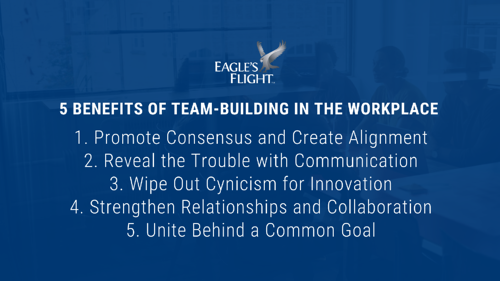Given that the service industry employs about 80 percent of the U.S. workforce, many organizations are focused on measuring employee productivity and improving it. Unlike the manufacturing sector, in which employee productivity can be measured by the number of items produced, in the service industry you need to know how the service was delivered, as well as the degree to which the service impacted the customer experience. The good news is that there are many ways to measure the productivity of employees in the service sector, and you can improve employee productivity with training and development activities.
Ways to Measure Service Sector Employee Productivity
The traditional employee productivity calculation equals total output divided by total input, for example, the number of cars (output) produced during a 12-hour shift (input) in a manufacturing plant. But for organizations in the service industry, a purely quantitative method of measuring employee productivity doesn’t work quite as well. In the service sector, the input (for example, decision-making, judgment) and output (customer experience, achievement of performance objectives, and so forth) may be harder to measure and are subject to variation from employee to employee.
Instead of focusing on the number of customers served or hours worked, an effective strategy for measuring employee productivity in the service industry takes into account a range of factors that will vary depending on the sector, company, or employee role.
Here are a few examples:
Customer Satisfaction: A focus on quality outcomes rather than number of transactions often makes sense for service sector employees, because the service industry provides customer experiences rather than products. For example, a customer service representative’s patience, professionalism, and friendliness matters as much as the number of calls taken in the space of an hour.
Employee Engagement: According to research conducted by Gallup, teams with high employee engagement are 21 percent more productive than teams with lower engagement rates. While engagement is no guarantee of employee productivity, when employees are engaged and have the desire to perform at their best, they may be better positioned to do so than those who lack engagement.
Performance Against Goals: Productivity can be measured according to how successfully employees meet their performance goals. As an example, a salesperson has a goal to increase business from new clients by 10 percent. Business development productivity requires that salespeople deliver a high level of service to potential clients. The degree to which the employee meets the goal shows his or her level of business development productivity.
Examples of Employee Productivity Measures by Sector
The following examples illustrate how the factors described above help with measuring employee productivity in different service sectors:
Transportation: Instead of focusing on the number of routes a train conductor completes each year, it would be more effective to measure the conductor’s productivity by the number of on-time arrivals or the length of time gone without a safety violation or accident. Strong marks in these areas also help build customer satisfaction and loyalty.
Food Service: The fast pace of many food service establishments requires engaged employees who want to provide excellent customer experiences. The productivity of waiters, chefs, and hostesses is not measured only by the number of customers served, but also the degree to which their engagement enables them to provide great food, courtesy, and a swift resolution to any customer complaints.
Merchandise Retailing: It’s true that dollars per sale and sales per employee matter when looking at the productivity of retail employees. However, as one study found, high engagement among retail employees not only increases their productivity, but also results in significant reductions in inventory shrinkage, waste, cash loss, and lost sales.
Healthcare: A quantitative measure of employee productivity for a hospital might be the number of patients seen by a nurse in the course of a workday. However, that might not adequately measure the nurse’s productivity if each patient didn’t receive proper care and attention. In an age when the patient experience is a critical component of a hospital’s competitive advantage, a more important measure of the nurse’s productivity would be the number of satisfied patients, which can be quantified with patient experience surveys.
Improve Employee Productivity with Training and Development
There is no one way to measure employee productivity in the service industry that works for every organization. However, many factors together compose an effective strategy for getting at the heart of employee productivity.
At the end of the day, once you’ve effectively measured employee productivity for your specific industry, the next important step is to work to improve the areas that need it. A combination of employee development and training exercises can improve productivity and performance, leading to increased customer satisfaction, more efficient service delivery, and highly engaged employees.












